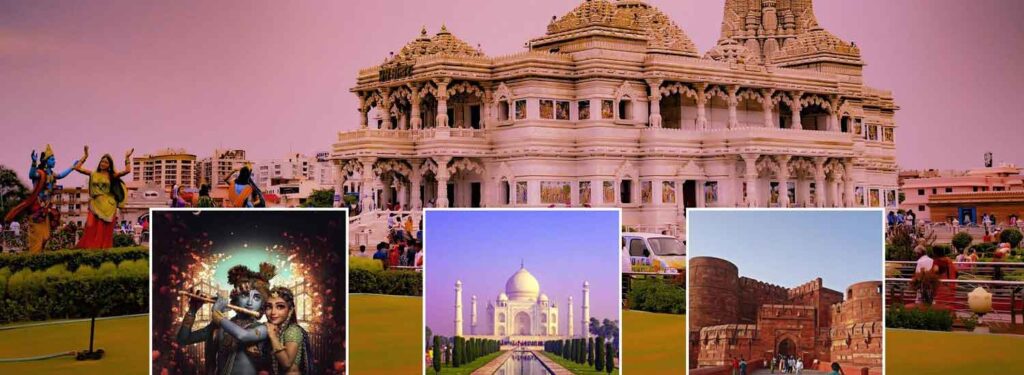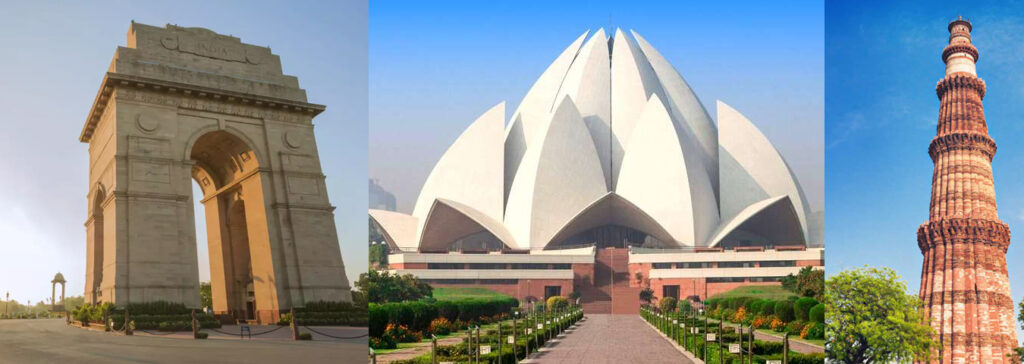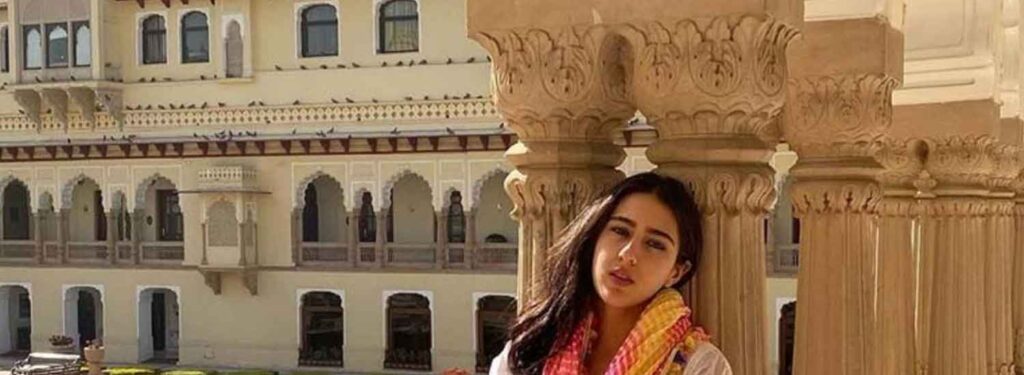Top 5 Places to See in Delhi is both a union territory within India, as well as a city, and features two very different worlds: New Delhi and Old Delhi. The former, inaugurated by the British in 1931 to serve as the imperial capital, is the nation’s modern capital and seat of government, while Old Delhi is considered by many as the symbolic heart of the greater metropolitan area.
One of the most populous regions in the world, Delhi is a heady mix of tradition and modernity, important as both a religious center and India’s busiest international gateway. Its history is as old as the ancient Yamuna River, one of the most sacred rivers in Hinduism and a natural dividing line between New Delhi to the west and Old Delhi to the east.
Things to see and do in Delhi and New Delhi are plentiful and include experiencing its diverse arts and crafts industry; its many magnificent monuments; countless performing arts venues; and its excellent cuisine, including delicacies from every corner of India. Delhi is also a shopper’s paradise with numerous bazaars and markets, including Chandni Chowk, the country’s most famous commercial area.

Red Fort
The Red Fort (Lal Qila) is a famous historic monument of Delhi. It is one of the oldest structures in the city and a top tourist visiting spot. It has a majestic aura that reflects from its red sandstone walls and binds the spectators with its opulent charm. Built by the famous Mughal emperor Shahjahan, the Red Fort includes many monumental buildings built inside its walls which can be entered via a huge entrance called the Lahore Gate. A sound and light show describing Mughal history is a tourist attraction in the evenings.

Humayun’s Tomb
Built by a grieving wife for her husband, the Humayun’s Tomb in Delhi is a UNESCO World Heritage Site. The complex consists of three major buildings that act as tombs of three different Mughal greats. The tombs are bordered by generously maintained lush green gardens that are designed in Persian Char Bagh (four corners) style. These gardens reflect the majestic awe of the first major Mughal structure in the city, dating back to 1562. Historians describe the centre structure that hosts the tomb of Humayun, as a prototype to Agra’s Taj Mahal. Even though Humayun’s tomb is built in red sandstone and not white marble, the design and style remarkably resemble that of the Taj Mahal.

India Gate
India Gate is situated towards the end of Rajpath, the main parade route that leads from the Rashtrapati Bhavan (the residence of the President). The route via Rajpath towards India Gate is surrounded by grassy lawns that act an outdoor resting spot in the evening. At night, the structure is lit up and looks brilliant as you cross the lawns. India Gate was built in the memory of Indian soldiers who died in the First World War. There is an eternal flame that is kept burning for the soldiers who laid down their lives for the nation.

Jama Masjid
The Jama Masjid is the largest mosque in India. Situated opposite Red Fort, it should be paid a visit at least once while you are roaming across the streets of Delhi. It is preserved in perfect state which reminisces the dwelling of the Mughal rulings in the city. Though visiting the Masjid is free, you may be charged accordingly if you want to climb the minar all the way up that gives you scenic view of Delhi. Still a mosque that functions to its entirety, the visitors are restricted to keep their visits to a minimal and photography during prayers is not allowed.

Qutub Minar
Completed in the 12th century, the beautiful Qutub Minar-India’s tallest minaret and now a UNESCO Word Heritage Site-attracts many international visitors eager to climb to the top for its breathtaking views of the surrounding area.
This ornate five-story tower rises more than 70 meters and is covered with intricate carvings featuring the history of Qutub along with inscriptions from the Koran. It’s also notable for being constructed of a number of different types of stone (the first three stories are made of red sandstone, while the fourth and fifth stories were built with marble and sandstone).
The complex also includes the Quwwat-ul-Islam Masjid, a mosque at the base of the tower; a gateway built in 1310; the tombs of Altamish, Alauddin Khalji, and Imam Zamin; and a 2,000-year-old Iron Pillar, the Alai Minar.




